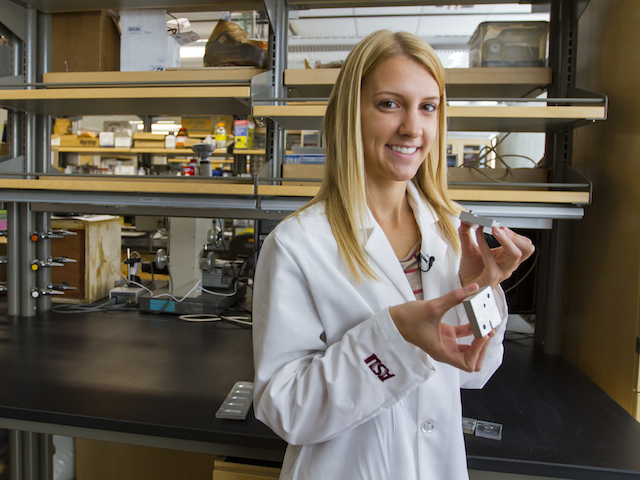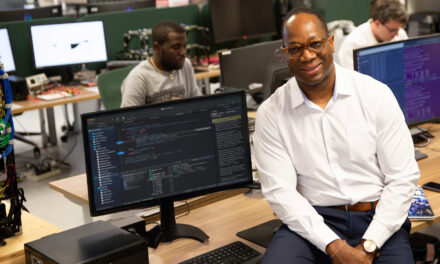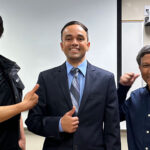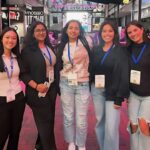
Emerging technology would improve diagnosis, treatment of eye disorders

Recent Arizona State University biomedical engineering graduate Erica Engelschall is one of about 30 ASU graduate and undergraduate students who have assisted Jeffrey La Belle in research over the past several years to advance development of technology enabling the use of tear fluid samples to diagnose and monitor people’s health. Photo: Jessica Hochreiter/ASU.
Biomedical engineering researchers at Arizona State University are working with an industry partner to advance development of technology enabling the use of tear fluid samples to diagnose and monitor people’s health.
Advanced Tear Diagnostics, a medical products company based in Birmingham, Ala., is providing funding and technical support for research led by Jeffrey La Belle to improve and expand the use of tear fluid as a biomarker to detect various ocular (eye) disorders.
La Belle is an assistant professor in the School of Biological and Health Systems Engineering, one of ASU’s Ira A. Fulton Schools of Engineering.
For the past few years, his lab has been refining a device that allows people living with diabetes to monitor their conditions by taking tear samples to measure their blood sugar (glucose) levels, rather than pricking through the skin to draw blood.
The project has led to research collaborations and funding support from Mayo Clinic in Arizona. A patent on the device was recently awarded to La Belle and co-inventor Daniel Bishop, who graduated from ASU in 2009 with a degree in biomedical engineering. Bishop is now co-founder and chief innovation officer of Qualaris Healthcare Solutions, a Pittsburgh-based medical product development company.
For the project with Advanced Tear Diagnostics, La Belle’s lab team will be measuring concentrations of immunoglobulin E and lactoferrin in tear fluid. The measurements would help in the diagnosis and treatment of a variety of ocular surface disorders – particularly in detecting and differentiating between bacterial and viral infections, including one of the most common infections, conjunctivitis, also called pinkeye.
Measuring concentrations of immunogloblulin E can confirm the presence of an active ocular allergen, such as ocular conjunctivitis, while measuring lactoferrin can confirm aqueous deficiency (dry eye) and a suppression of the ocular immune system, La Belle said.
The team has been testing prototype biosensor devices for their accuracy in detecting biomarkers for eye infections.
In the next phase, extensive experiments will be conducted to test the reliability of the biochemical data the new technology provides. That project will rely on Mark Spano, biomedical engineering research professor, and Jennifer Blain Christian, an assistant professor in the School of Electrical, Computing and Energy Engineering, to develop an interface and a meter for the sensors that La Belle’s team is making to detect biomarkers in tear fluid.
Over the past several years, La Belle has had about 30 graduate and undergraduate students in various branches of engineering assist in research for the tear fluid glucose meter project.
His team for the ocular diagnostic biomarker detection technology includes seven students, and he expects to give more students opportunities to contribute to the research and tech development as the project progresses.
Advanced Tear Diagnostics is providing $496,000 for the project over a year’s time, and plans to commercialize the final product. But collaborative efforts with ASU researchers may not end at that point. La Belle said the company “is also very interested in developing more kinds of chemical analysis tests that would improve ophthalmic diagnosis, as well as other diagnostic biomarkers that show promise for use in general medicine.”
Written by Jiaqi Wu and Joe Kullman
Media Contact
Joe Kullman, [email protected]
480-965-8122
Ira A. Fulton Schools of Engineering



































